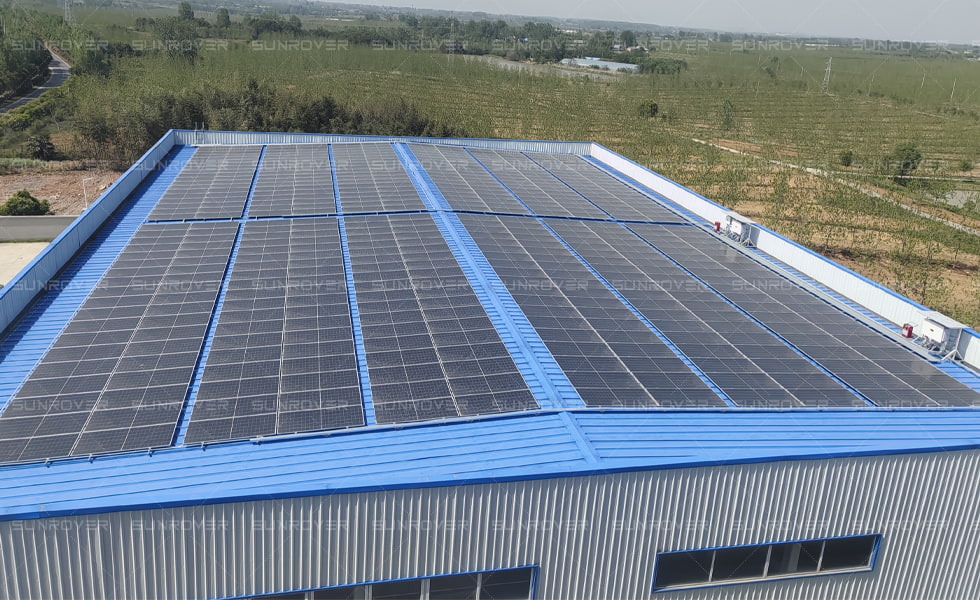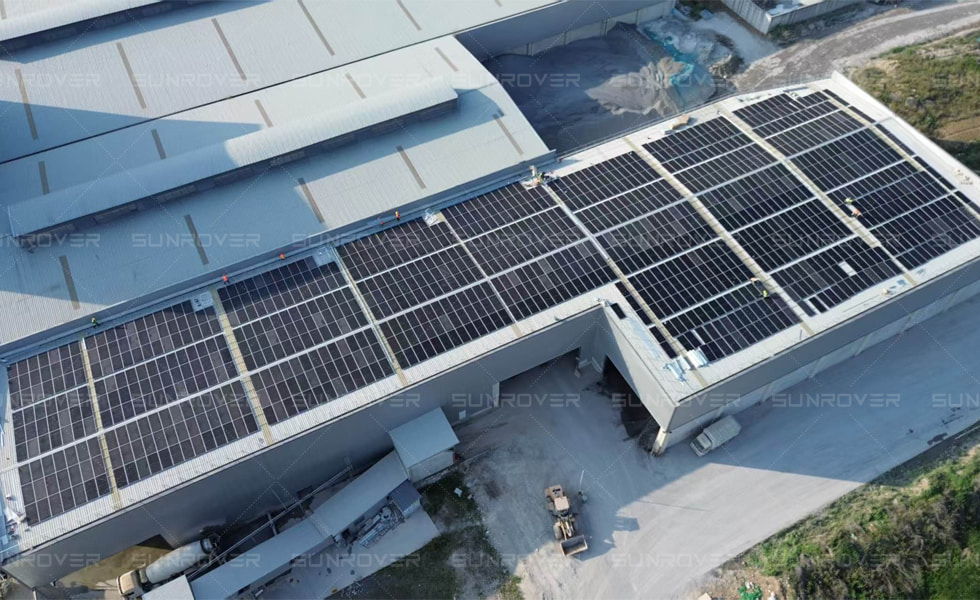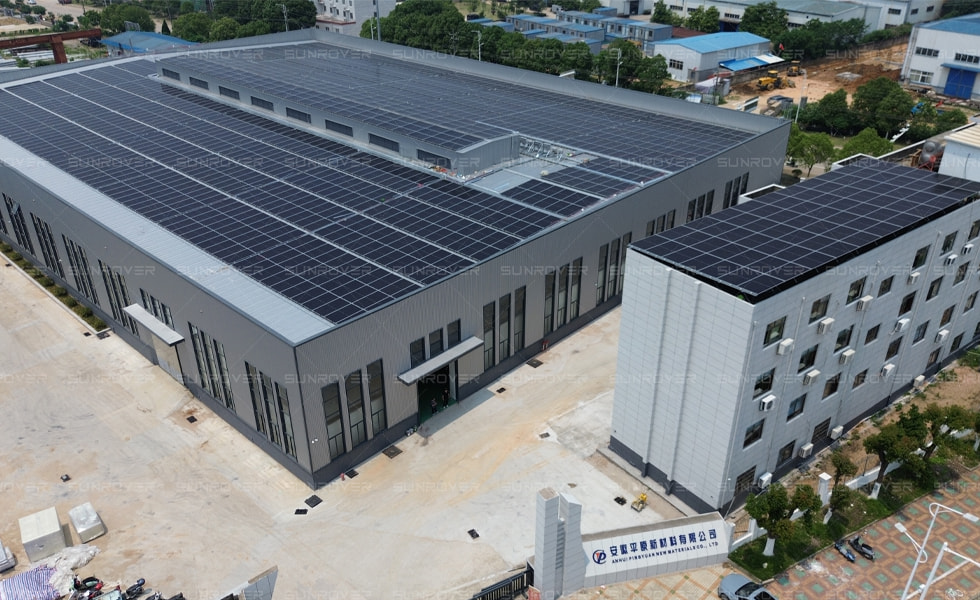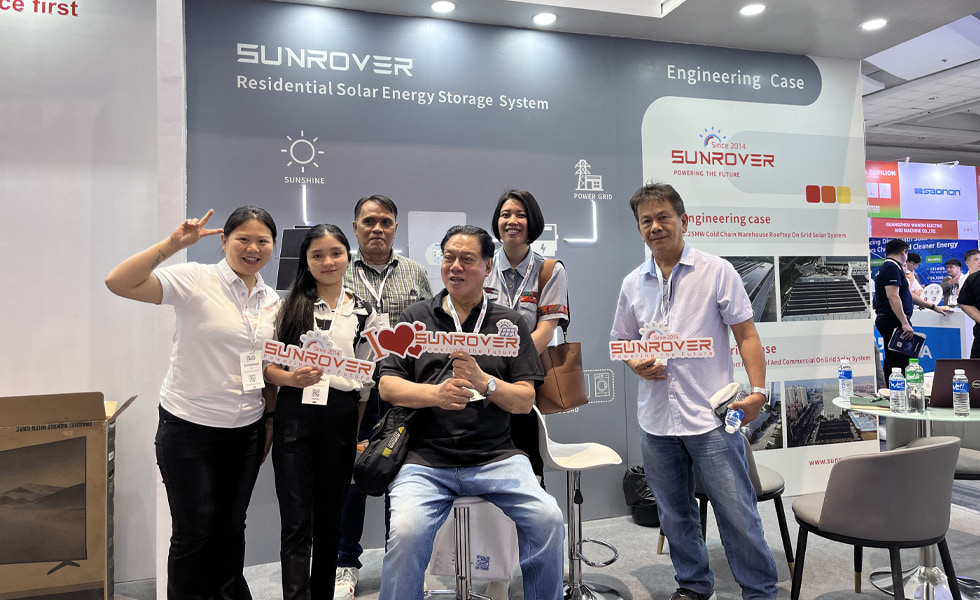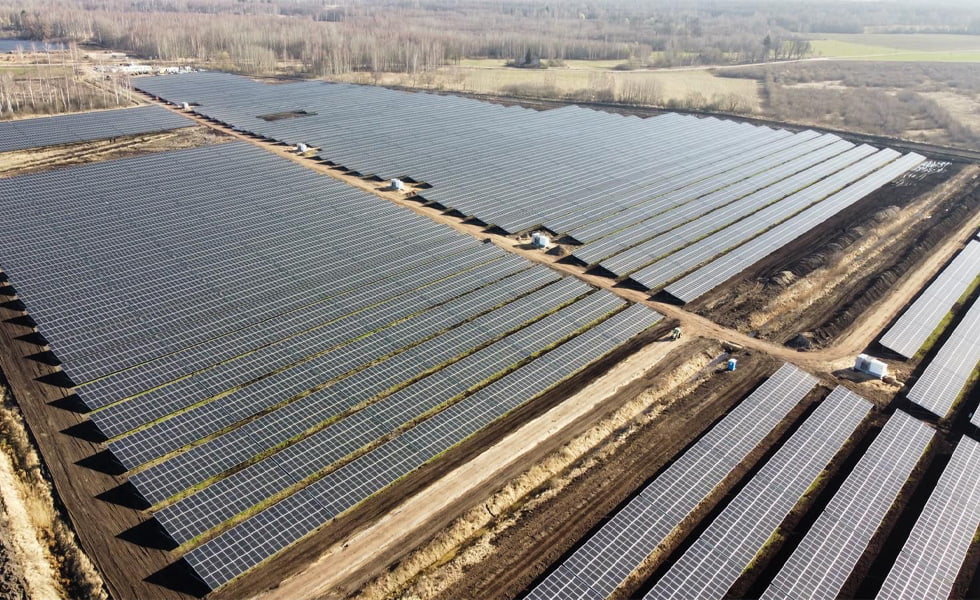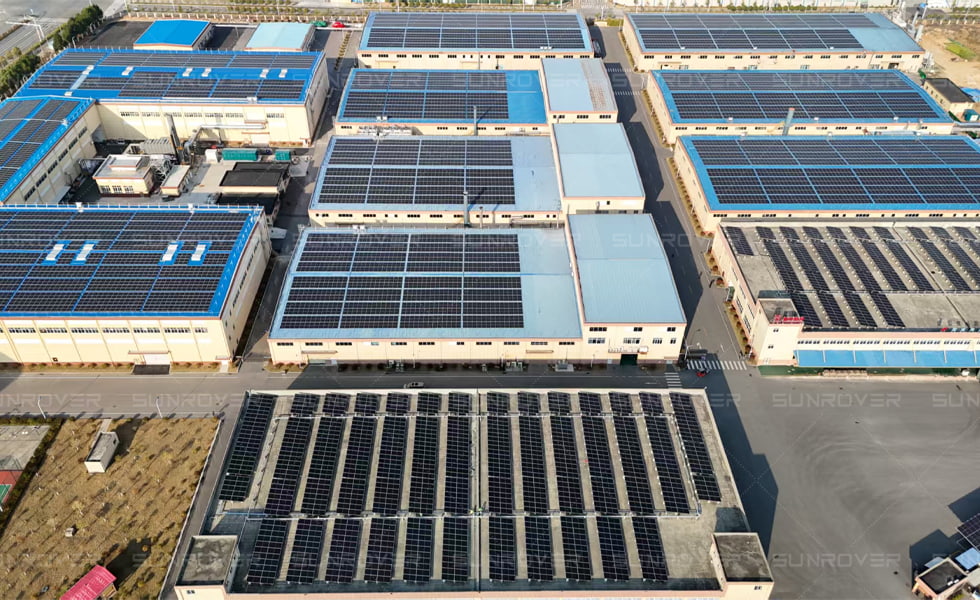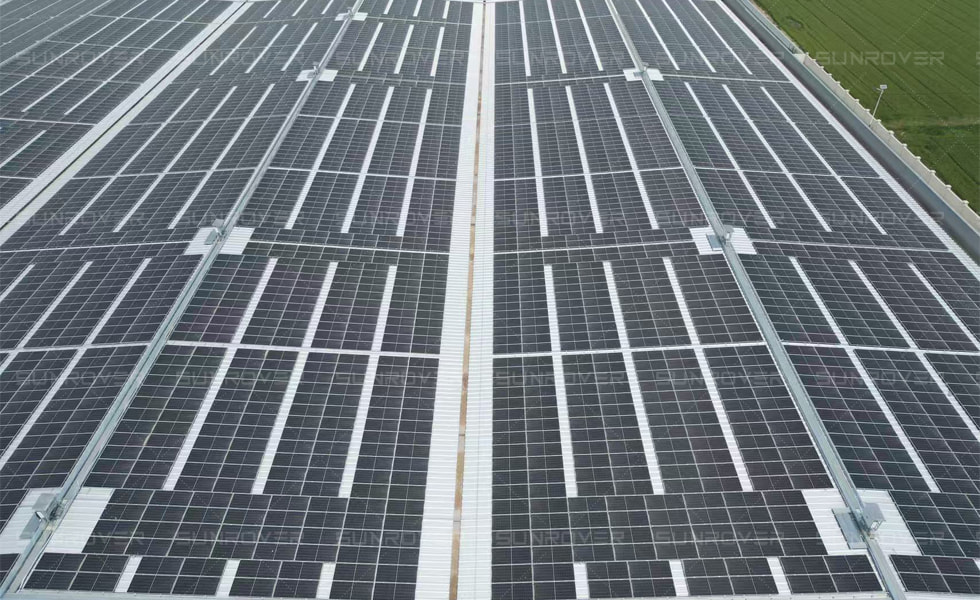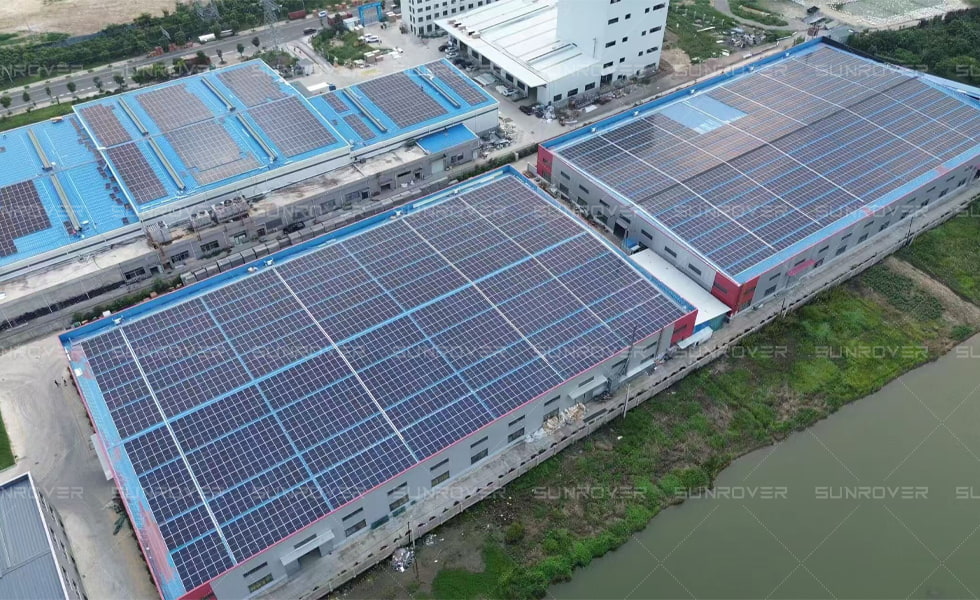my country's largest "solar-hydrogen-storage integrated" offshore photovoltaic project is fully connected to the grid for power generation
May 15, 2025
Recently, the largest "photovoltaic hydrogen storage integrated" offshore photovoltaic demonstration project in China, the first ecological governance type tidal flat photovoltaic demonstration project in China, the Guohua Rudong Photovoltaic Hydrogen Storage Integrated Project, which was designed and constructed by China Power Construction, was fully connected to the grid for power generation. The project is located in Rudong County, Nantong City, Jiangsu Province, and uses about 4,387.5 acres of tidal flats. The total installed capacity is 400,000 kilowatts, and supporting booster stations, energy storage facilities, and hydrogen production and refueling stations are built. The project has an average annual on-grid soalr system power of 462.934 million kWh. After completion and commissioning, it can reduce carbon dioxide emissions by about 309,400 tons per year, which is equivalent to adding 1.5 West Lake scenic areas of forest carbon sinks, which can effectively help local ecological environment protection and green and low-carbon development. It was designed by the East China Institute of China Power Construction and constructed by the Central South Institute. As the first tidal flat ecological governance photovoltaic project in China, it innovates the "offshore photovoltaic + grass control" ecological restoration model, takes the lead in the ecological governance of Spartina alterniflora, and creates a demonstration of green photovoltaic integration and ecological grass control in Jiangsu Province and the coastal areas of the country. During the construction process, the construction of the shore-based booster station and photovoltaic field area was affected by multiple factors such as the original mudflat terrain and on-site tidal changes, and the construction process was extremely difficult. The project team overcame difficulties and creatively used steel sheet pile cofferdams and well point dewatering to solve the construction problems of the shore-based station, designed a new type of aerial platform to solve the installation problems of the photovoltaic area, and used about 1,800 platform 4-wheeled carts according to local conditions to protect the local marine ecology and clam breeding areas. The first "river, sea, land, and river" intermodal transport solution was created to solve the problem of submarine cable transportation. On the vast mudflats of the Yellow Sea, nearly 700,000 photovoltaic panels "breathe" lightly with the rise and fall of the tide. Their annual power generation is as high as 468 million kWh, enough to light up the bright lights of 200,000 households. At the same time, the project will also drive the large-scale development of multiple industries such as offshore photovoltaics, energy storage and hydrogen energy, and improve and strengthen the local new energy industry chain.
